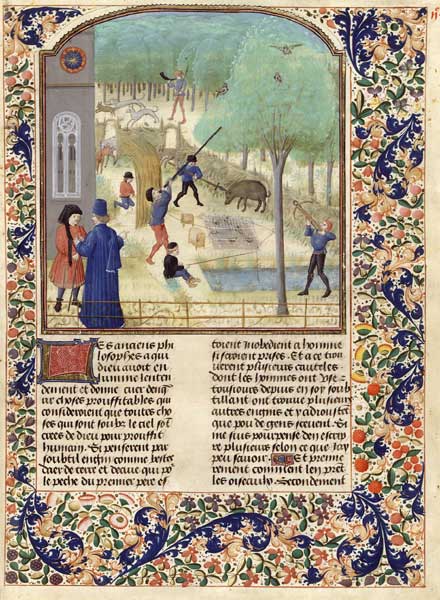.
This is a short instruction on how to build an aluminium blowgun for needle darts, shown here on the right (next to the big bore blowgun).
The blowgun is made from 11x12.8mm seamless, round aluminum tube, 1200mm long (bought from the local hardware store as curtain rod).
It is suitable for use with darts that have a 10mm diameter.
The blowgun has NO protection against inhaling the dart but does have a magnetic dart retention system.
The material for this blowgun costs less than €10, not including the darts.
The mouthpiece is made from the cap and neck of an Aquarius PET bottle. First, empty the bottle and cut off the bottle's neck as sketched below.
Remove the sliding sleeve from the cap and make a hole that the stem of the cap will fit through.
The sliding sleeve is then placed back on the cap with the flared side towards the bottle. Some glue keeps the sleeve on the cap. Remove sharp edges and burrs from both sides of the aluminum tube, and make a small taper on one side.
Use a conical reamer to widen the ribs inside the cap so that the aluminum pipe will be able to pass through.
Now, heat the modified cap in hot water from the tap to soften the plastic. Insert the tapered end of the aluminum tube from the bottle-side into the cap.Wear a glove and pus the aluminum pipe through the cap. Re-heat the cap if required. Let the cap cool down when the tube emerges from the other end.
Again, a rare-earth magnet will keep the dart in place just below the mouthpiece.
Fix the magnet to the outside of the aluminum tube with some paracord wrap.
Add some more paracord wrap as a handle.
Trim the clear plastic PET from the bottle to make it fit comfortably around your mouth, and remove sharp edges using some sandpaper.
Remove the rim from the stem.
The sliding sleeve is then placed back on the cap with the flared side towards the bottle. Some glue keeps the sleeve on the cap. Remove sharp edges and burrs from both sides of the aluminum tube, and make a small taper on one side.
Use a conical reamer to widen the ribs inside the cap so that the aluminum pipe will be able to pass through.
Now, heat the modified cap in hot water from the tap to soften the plastic. Insert the tapered end of the aluminum tube from the bottle-side into the cap.Wear a glove and pus the aluminum pipe through the cap. Re-heat the cap if required. Let the cap cool down when the tube emerges from the other end.
Again, a rare-earth magnet will keep the dart in place just below the mouthpiece.
Fix the magnet to the outside of the aluminum tube with some paracord wrap.
Add some more paracord wrap as a handle.
Trim the clear plastic PET from the bottle to make it fit comfortably around your mouth, and remove sharp edges using some sandpaper.
And now, enjoy!

















































